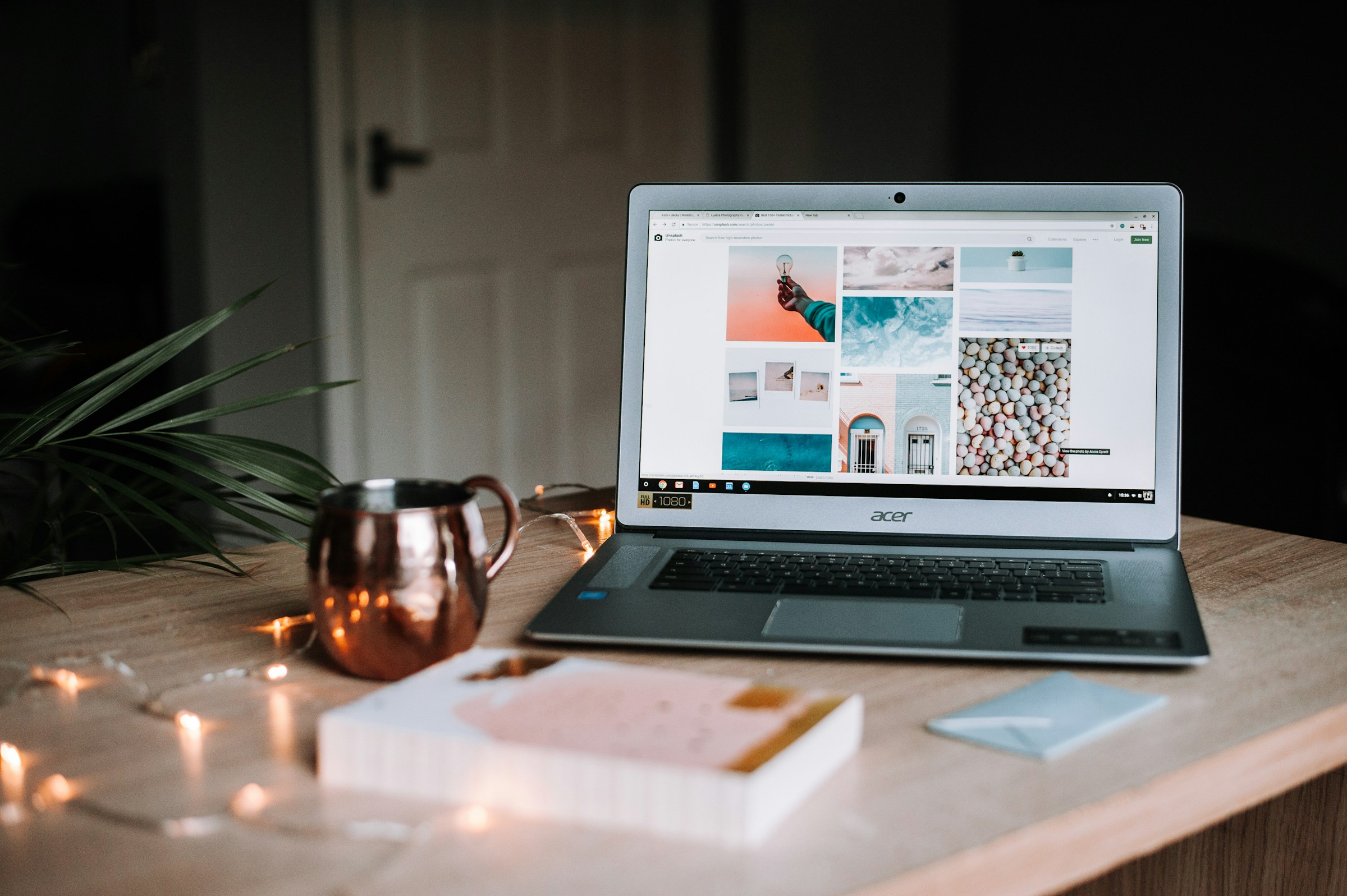
Images are an important part of any website, as they can enhance the visual appeal of your content and help to convey your message. However, if you don’t optimize your images, they can negatively impact your website’s performance and user experience. In this article, we’ll explore the importance of optimizing images for your WordPress site and how to do it.
All pages get improved by having a few images on them.
Including images is a great way to liven up your page and separate your content, so it looks better and gets your message across more effectively.
Images are an essential part of having a good looking website, but it can also have a negative effect on the experience of your site if not done correctly. There are a few ways for them to have a negative effect.
It is important to balance between quality and size of the image file.
If the images is to low quality then it might make your site look unprofessional or unrefined if the quality doesn’t match with the rest of the site. But high quality images usually have large files and can end up slowing down your site.
So, balance is key, but how exactly do you find the perfect spot between quality and effectiveness.
Having the best version of your images can help you improve your website in a lot of ways.
One of the most important reason for optimizing your images is to improve your site speed.
If your site consists of large, uncompressed images, then it can take a long time for your site to load and the more images you have the longer it’s going to take.
A slow site might impact your search engine rankings and get less traction on your site. It can also end up making your site somewhat unusable.
The solution to this shouldn’t be to include less images to your site, but simply to optimize them so that they don’t end up affect your site speed and make the user experience worse.
Unoptimized images tend to take up more space and consume a lot of bandwidth, which can end up costing you a lot of money in the end on your hosting plan. Especially, if you have a limited hosting plan.
So, compressing your images can improve both site speed and end up saving you money.
It is also important to keep your users in mind when setting up your site. This does also include when thinking about your images.
Images are important to keep your users attention on the site and make it stand out more. It is also a great way to get your message out in the way that you want it to, as images can often express thing better or in a more compact way than words.
But if your images aren’t good quality or doesn’t load right then it might end up having the opposite effect. People don’t want to sit around and wait for a site to load and a site that hasn’t fully loaded can be a hassle to navigate.
So, optimizing your images can help your site be more attractive to users and help with conversion.
Another way to optimize your images, besides navigating the quality and size, is by adding descriptive file names and alt tags, as this will greatly improve your search engine ranking, as SEO tend to value sites with more detailed and accurate information.
If your images doesn’t have descriptions attached it can be hard for search engines to see them as anything other than a blank space.
Now that you have been introduced to the different ways that optimizing your images can help improve your overall site then it is time to find out how exactly it is done.
There are a lot of different ways to improve your images and optimize then for your site and we have gathered a few tips to get you started.
Compressing your images is a great way to find the perfect balance between file size and quality. This is a rather simple process that can be greatly helped by online tools or a plugin.
With a little research it should be easy enough to find the way that works the best for you.
Adding descriptive file names and alt tags to your images will help search engines understand your content more. This can be something as simple as choosing a few key words for what is represented in your images or the topic surrounding it.
This will also make your site more accessible to people with disabilities and the tools that they use and essentially make your potential audience larger.
Making sure that the images on your site are the correct size, for your the space they are supposed to occupy, before putting them onto your site is a good way to save space and not use unnecessary bandwidth on a file that is larger than they need to be.
There are many different tools, that can help you resize your images or you can do it manually.
Using the right file format for your images and the purpose, that they are supposed to serve is also important. Images are usually JPEG, PNG or GIF depending on what you need them to do or look like.
It can save you a lot of space by using lazy loading of images to defer from loading images until they are needed. This will insure that no unneeded space will be taken up until it is actually relevant and necessary.
These are some of the ways that you can optimize your use of images and thereby improve your website. All of these tips can help you and by adding them to your routine it can be a simple and fast way to improve large parts of your site.
In conclusion, optimizing images for your WordPress site is essential for improving site speed, reducing bandwidth usage, enhancing user experience, and improving SEO. By following the tips outlined in this article, you can optimize your images and ensure that they positively impact your website’s performance and user experience.
Don’t let unoptimized images slow down your WordPress site – take action today to optimize them!
